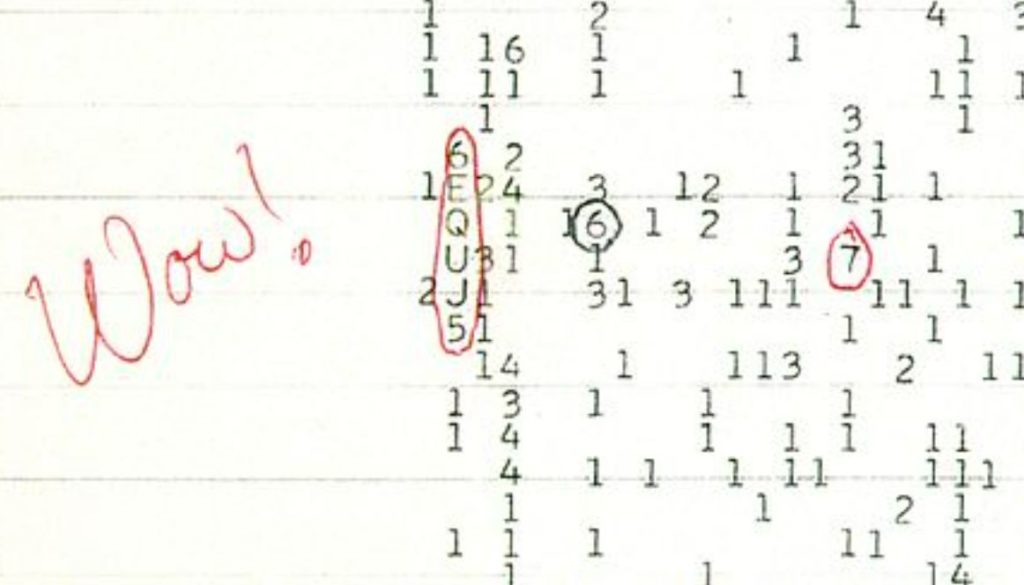An amateur astronomer found 15 stars suitable for the role of the source of the Wow! a radio signal, which could have been sent by another civilization. The most curious candidate among the found objects was a sun-like star located 1801 light-years from the Sun, which could be a good target for further search for planets.

PanSTARRS / DR1
Today, the most unusual candidate for signals sent by other intelligent civilizations is the Wow! … It was recorded in August 1977 by astronomer Jerry Ehman as part of the Search for Extraterrestrial Intelligence ( SETI ) project using one of the horns of the Big Ear radio telescope at Ohio State University. The signal was intense, narrow-band (near the frequency of the radio line of neutral hydrogen) and lasted 72 seconds, which corresponded to the theoretical concepts of a signal sent by extraterrestrial intelligence. However, further many years of attempts to detect a signal repetition using ground-based observatories did not give any result, which raised doubts about the version of its artificial nature. Various hypotheses have been put forward about the nature of Wow!, including pulsars, rotating exoplanets, earth signal reflections from space debris and comet coma, but none of the versions was ultimately accepted as working.
Amateur astronomer Alberto Caballero decided to determine the possible source of the Wow! Signal. He proceeded from the assumption that if the source of the signal was another form of life, then, most likely, it lives on an Earth-like exoplanet orbiting a sun-like star. The second requirement for the source, which is derived from the Drake equation, is that another civilization cannot be closer than 500 light-years from the Sun, in this case, the probability of detecting another intelligence is practically zero.

To search, Caballero used the Gaia space telescope Archive, which contains information on the properties and positions of the stars in the Milky Way. The sample contained 66 stars of spectral type from K to G, which were located in two small regions in the constellation of Sagittarius, from where the signal could come. Among them, the astronomer was looking for stars with a radius of 0.83 to 1.15 of the solar radius, an effective temperature of 4450 to 6000 kelvin, and a luminosity of 0.34 to 1.5 of the solar luminosity.

Pan-STARRS / DR1
As a result, 15 interesting candidates were found, but the most interesting among them was the star 2MASS 19281982-2640123, located at a distance of 1801 light-years from the Sun. It has a radius of 0.996 that of the Sun, a luminosity of 1.0007 of the Sun’s luminosity, and an effective temperature of 5783 Kelvin. Caballero believes that this object can be considered a good target for study in order to more accurately determine its properties and search for exoplanets or a companion star. However, it should be borne in mind that the sample did not include faint stars, stars whose properties are poorly understood, and extragalactic sources, thus the question of the nature of the Wow! still remains open.
The preprint of the work is published on the websitearXiv.org.
